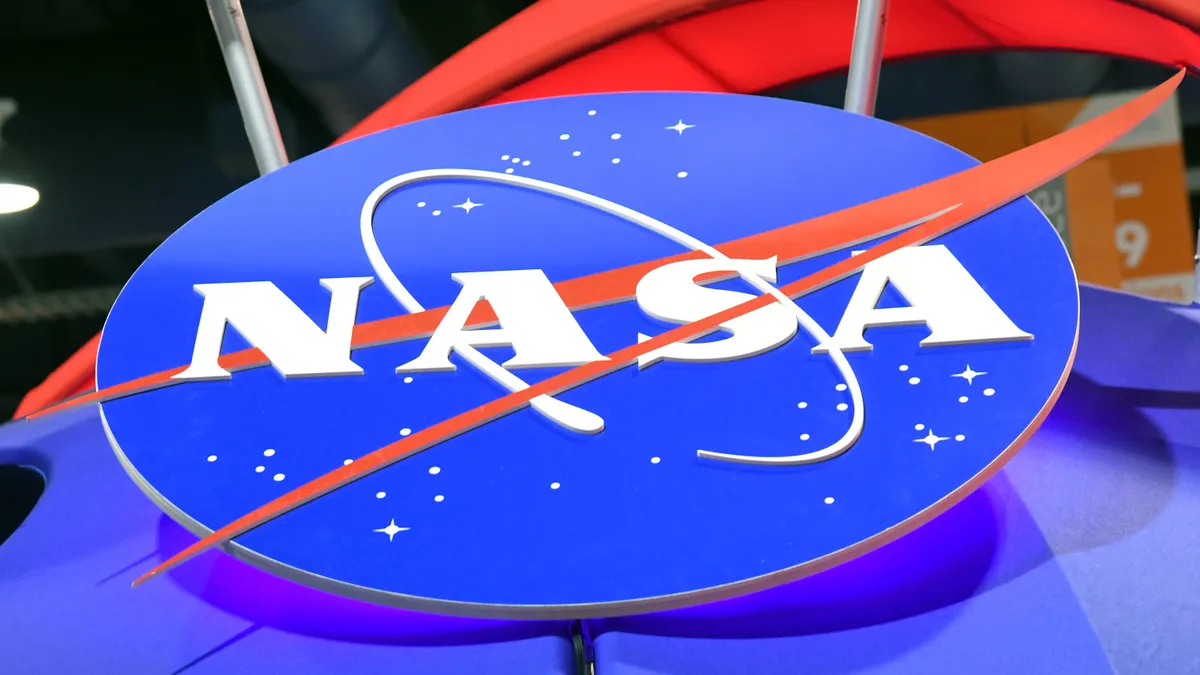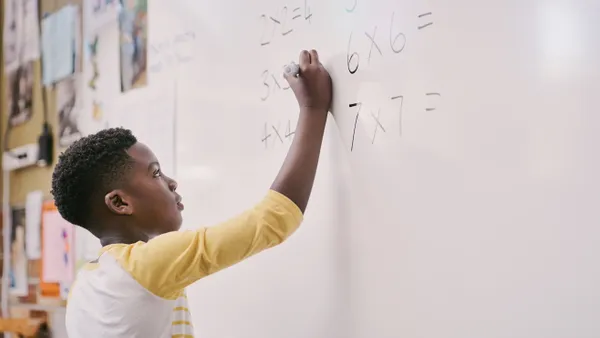Dive Brief:
-
The U.S. Department of Education is partnering with NASA to bring after-school STEM opportunities to about 1,000 students across 10 states. The program kicked off last week and is meant to provide hands-on learning and real-world experience, according to Cindy Marten, deputy secretary at the Education Department.
-
“By engaging in learning opportunities with NASA scientists and engineers, students will not only develop the critical thinking and creativity needed to tackle the challenges of tomorrow, but also discover the joy of learning," Marten said in a statement.
-
The program will give students a chance to interact with NASA scientists and engineers, and to participate in engineering design challenges. It will come with NASA-related content and academic projects, in-person staff training, and program support provided by NASA's Glenn Research Center in Cleveland.
Dive Insight:
The program's kickoff comes over a year after NASA and the Education Department signed a memorandum of understanding in May 2023 intended to increase collaboration between the two agencies. Their goal was to bolster high-quality STEM access and opportunities.
NASA's Glenn Research Center also signed an agreement this year supporting 21st Century Community Learning Centers, a federal funding stream dedicated to local after-school, before-school and summer learning programs. States receive funding based on their share of Title I funds for low-income students and disburse grants for the program to local schools and community organizations.
In 2024, funding for the federal grant remained at $1.3 billion, the same amount proposed for fiscal year 2025.
The attention to increasing STEM opportunities through the program comes after a Gallup and Walton Family Foundation survey showed last year that while 75% of Gen Z youth are interested in at least one type of STEM career, only 29% want to pursue specific STEM-related jobs in the future. A majority of middle school and high school students said their classes taught them real-world applications for math and science but didn't have hands-on STEM activities.
The same report found exposure to STEM content in schools may be driving Gen Zers to pursue a career in the field, the study added.
However, this year, a separate report released by the Education Department found public schools with high Black and Latino student enrollments offered fewer math, science and computer science courses than schools with low enrollments of those racial groups — meaning Black and Latino access to certain STEM courses remains inequitable.















